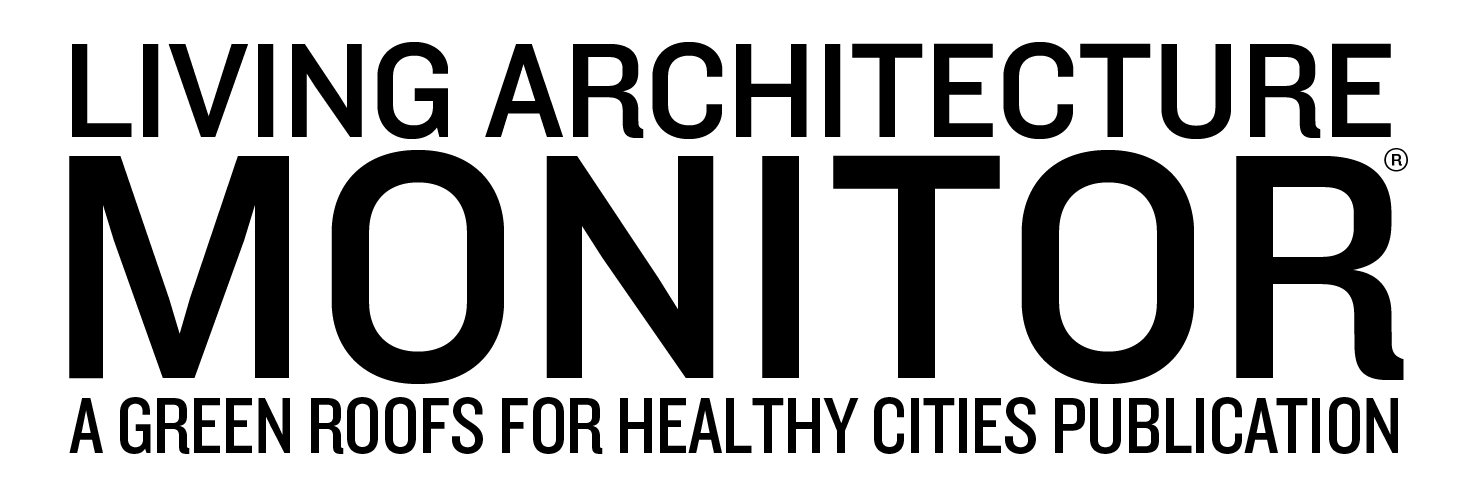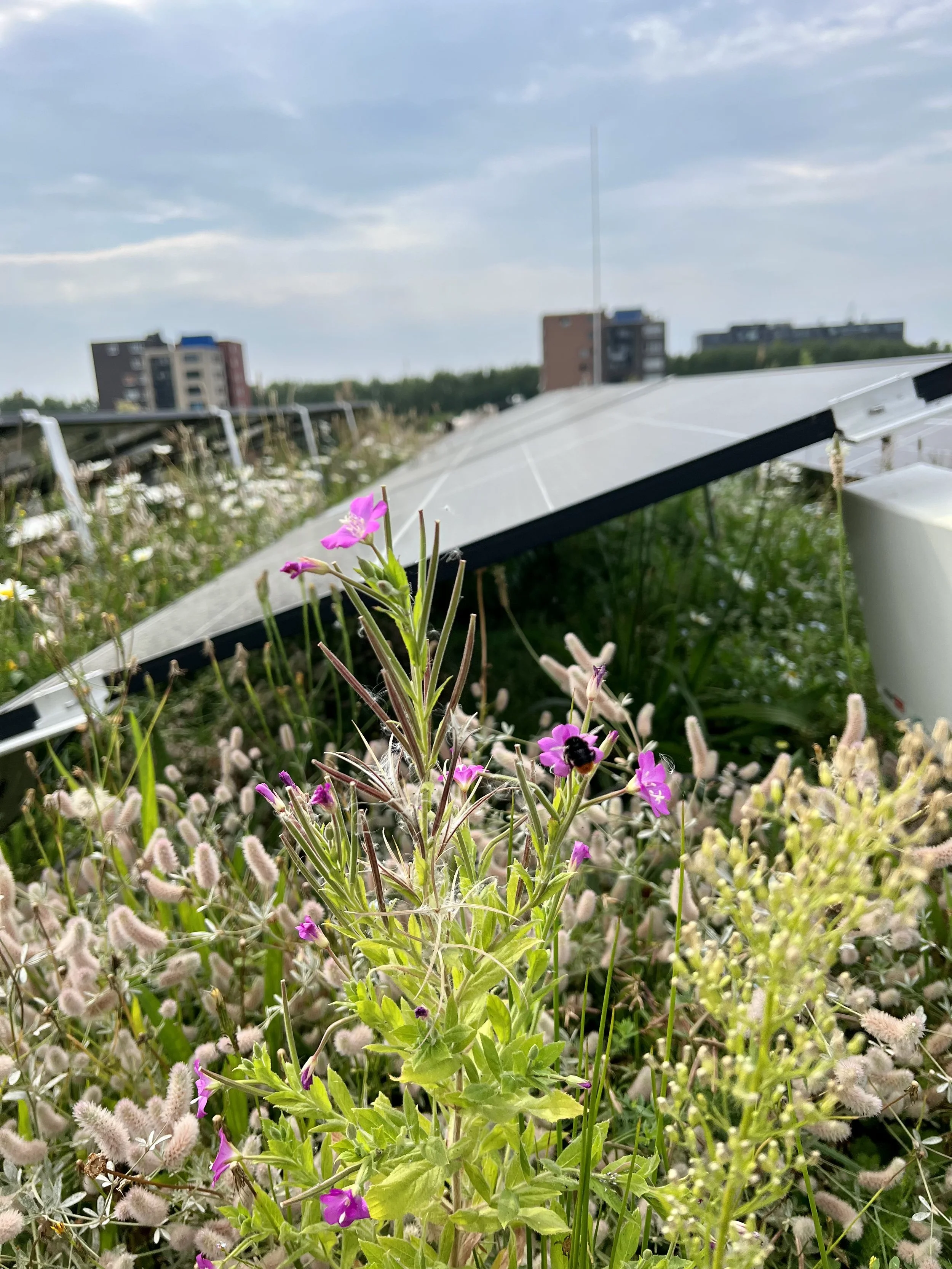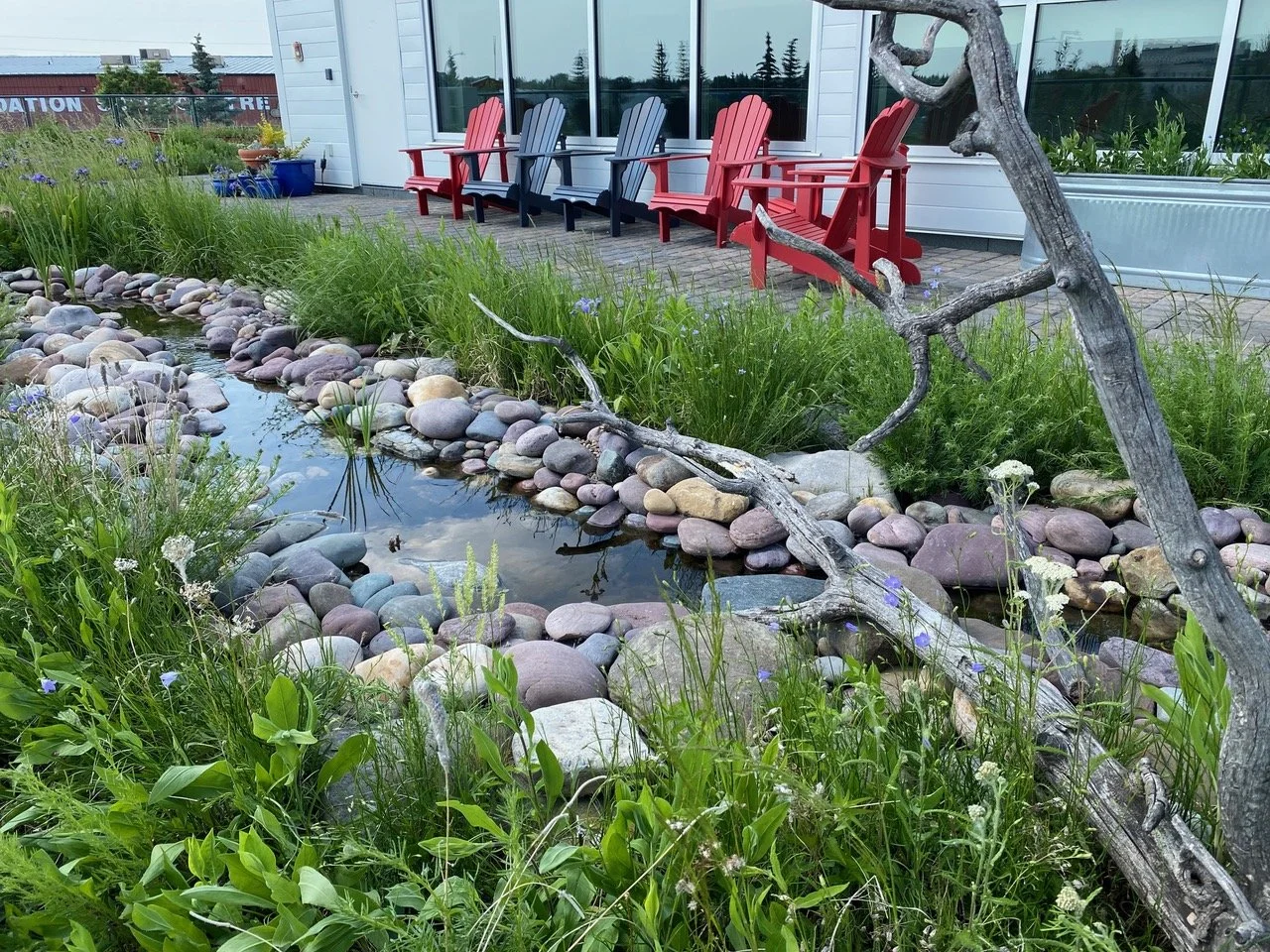Articles
Introducing the New Solar Green Roofs Resource Guide
Learn about this free multidisciplinary guide by the World Green Infrastructure Network, the European Federation of Green Roof Associations, GRHC and Solar Power Europe. It is about designing, installing, and maintaining solar green roof projects with best practices, along with multiple case studies and supportive public policies.
Green Roof Energy Calculator Is Over Ten Years Old and Needs Some Investment
The origins, function, strengths and weaknesses of the Green Roof Energy Calculator are described in detail as well as the wish list for its future development.
Introducing the New Pathfinder 3.0: A Climate + Biodiversity Positive Tool for Sites
Pathfinder 3.0, the latest update to Climate Positive Design's LCA tool, helps designers measure project impacts with expanded carbon datasets, biodiversity and water use analysis, and equity assessments. With enhanced features like GIS integration and project scorecards, it empowers sustainable, climate-forward design for spaces beyond buildings.
New Methods to Help Achieve Net-Zero Carbon Emissions for the Building Industries of Taiwan
Explore Taiwan's pioneering Life Cycle Carbon Database for landscaping (L-LCC), integrating embodied carbon and construction emissions analysis. Discover how this innovative system aligns with global net-zero goals by enabling sustainable design and reducing carbon footprints in urban landscapes.
Cooling the Heat: Designing Cities for Climate Resilience
Urban heat is a growing threat, exacerbating health risks and inequality. Arup’s UHeat tool provides data-driven solutions to mitigate the Urban Heat Island effect, with case studies like Toronto showcasing strategies for resilience through green infrastructure, retrofitting, and equitable urban design for cooler, healthier cities.
Mapping Vancouver’s Green Infrastructure and Roofscape with Gentian
Green roofs cover less than 2% of Vancouver’s roofscape, highlighting untapped potential for urban cooling and stormwater benefits. GRIN’s mapping technology can drive green infrastructure adoption across North America, fostering resilience and liveability. Support this transformative initiative through donations or by exploring its application in your city.
The Evolution of Biophilic Design: The 10 Year Anniversary of the 14 Patterns
Celebrating the 10th anniversary of 14 Patterns of Biophilic Design, this article explores the growing impact of biophilic design, innovative research developments, and the emergence of new patterns like "Awe," underscoring the critical role biophilia plays in enhancing health, well-being, and urban living.
Adopting AIA Resolution #1: Prioritizing Human Wellness in Architectural Design
The recent AIA resolution emphasizes integrating human health into architectural design, advocating for biophilic principles. This shift aims to enhance well-being and address global health challenges through nature-focused, human-centered environments.
Ten Design and Engineering Strategies for Managing Stormwater on Green Roofs
Climate change intensifies storms, overwhelming stormwater infrastructure, causing flooding, property damage, and loss of life. Solutions include green and blue roofs, and "sponge cities" to improve stormwater management.
A River Runs Through It: The Value of Water on Biodiverse Green Roofs
This article highlights the significance of water on biodiverse green roofs. Designing a green roof for Berry Architecture, Pohl emphasizes the transformative power of water features, contributing to urban biodiversity while requiring minimal maintenance.
Four Barriers to Implementing Green Roofs – And How to Overcome Them
Civil Engineer Nicole Holmes reveals the unspoken challenges hindering the widespread adoption of green roofs. Dive into the secrets behind their underutilization and how to unlock their full potential in building resilient cities.
Østerbro Klimakvarter – The First Climate Adaptation Neighborhood in Denmark
A decade ago, the City of Copenhagen began redesigning neighborhoods, transforming them into climate adaptation projects, using community lead, integrated stormwater management approaches to cool cities, reduce flooding and provide amenity spaces. Learn about the design and performance of one of the first climate adapted neighborhoods in Copenhagen.












